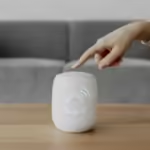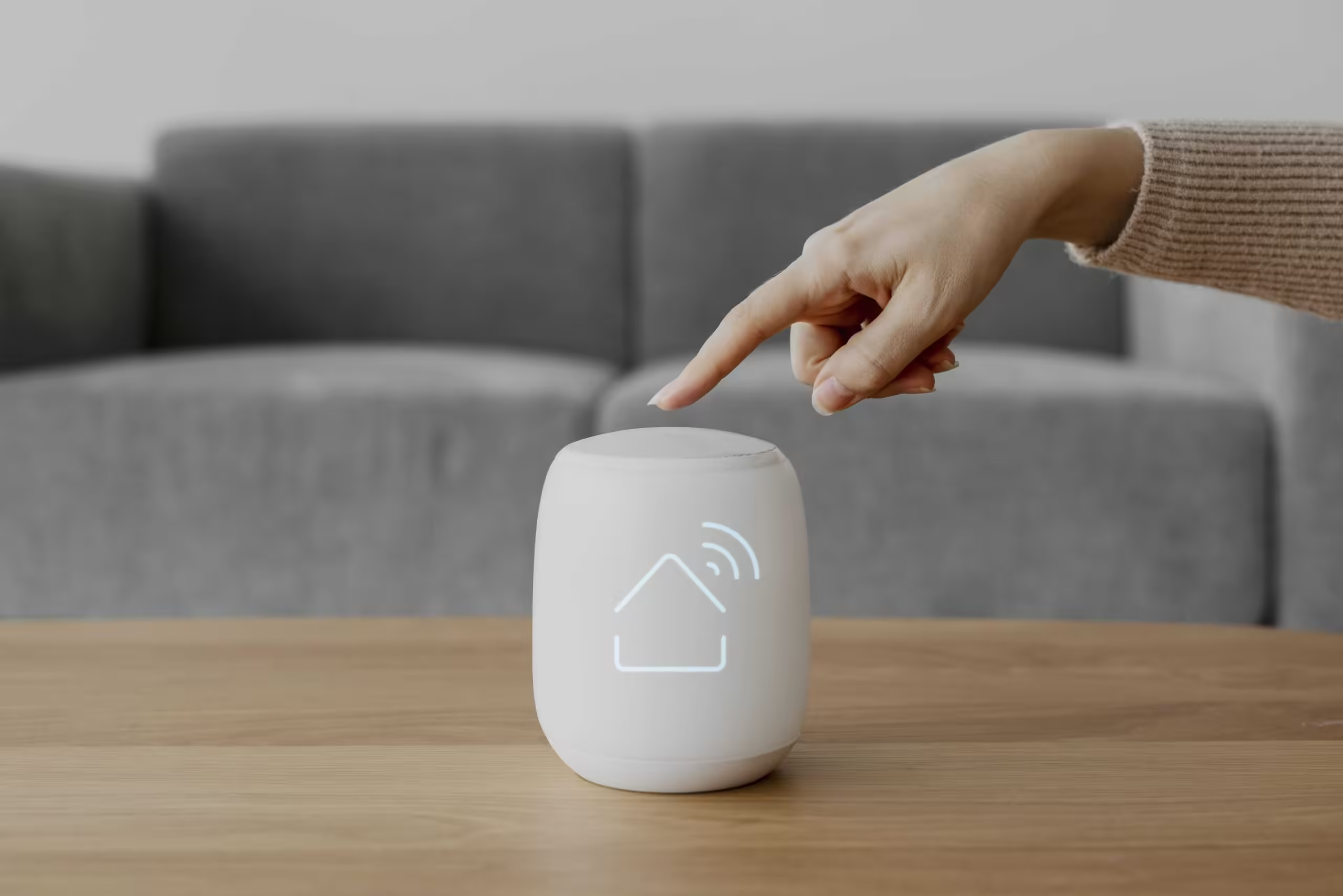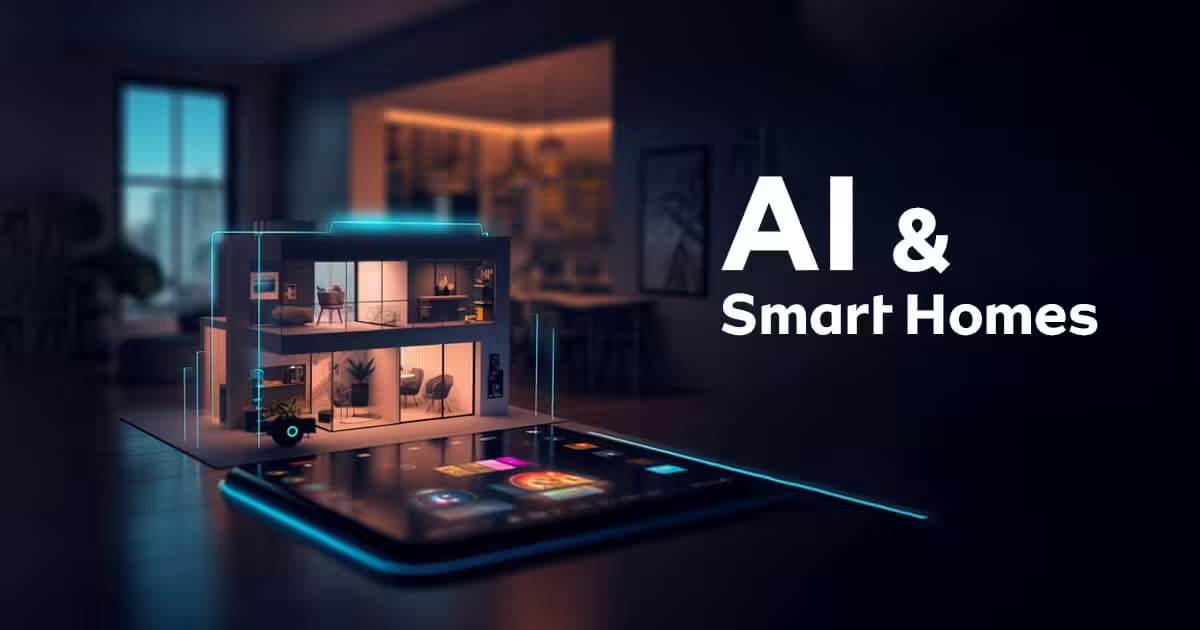Table of Contents
In a world that’s increasingly interconnected, the notion of a “smart home” has transitioned from a futuristic oncept to a reality that’s within reach for many. The conveniences and eciencies oered by smart home echnology are enticing, yet the sheer array of options available can be overwhelming for beginners. If you’re eady to embark on your smart home journey but don’t know where to start, fret not! Let’s delve into the oundational steps to help you begin this exciting transformation.
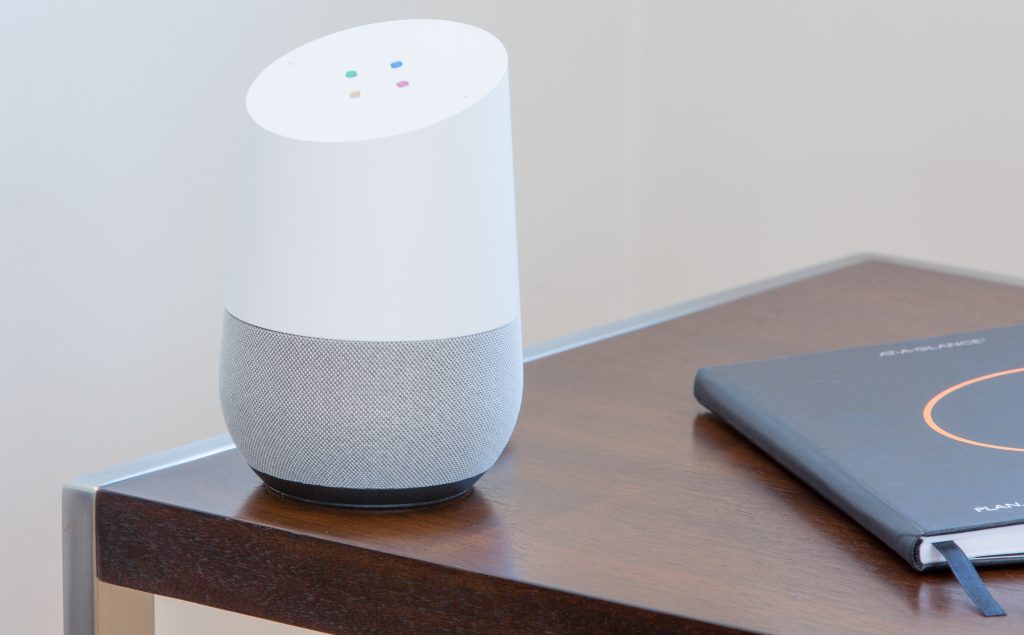

Understanding the Basics of Smart Home
Before diving into the realm of smart devices, it’ s crucial to understand the basics. A smart home comprises interconnected devices that communicate and function together seamlessly, controlled typically through a central hub or smartphone app. These devices range from smart speakers and thermostats to lighting, security cameras, and more.
Define Your Goals
The key to a successful smart home journey lies in dening your objectives. What are your priorities? Do you seek convenience, energy eciency, security, or all of the above? Pinpointing your needs will help you prioritize the types of devices to invest in and how they ‘ll integrate into your daily life.
Start Small, Scale Gradually
With an overwhelming array of smart devices available, it’ s easy to get carried away. However, starting small is often the wisest approach. Begin by focusing on one area, perhaps lighting or security, and expand gradually as you become more comfortable with the technology.
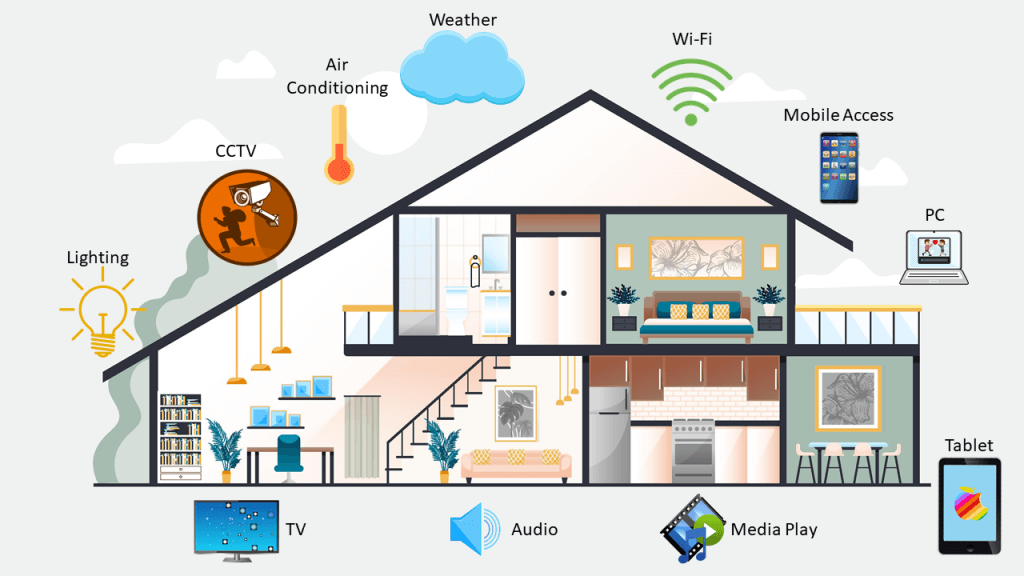

Choose a Central Hub
Selecting a central hub or platform is pivotal in streamlining your smart home experience. Popular choices like Google Home, Amazon Alexa, or Apple HomeKit oer compatibility with various devices and simplify control through voice commands or apps. Ensure compatibility when choosing devices to connect seamlessly within your chosen ecosystem.
Essential Smart Home Devices to Begin With
1. Smart Speakers: These not only play music on command but act as a central control point for other smart devices. They can provide weather updates, control lights, set reminders, and more.
2. Smart Lighting: Easily adjustable and energy-ecient, smart bulbs allow you to control brightness, color, and schedules via your smartphone or voice commands.
3. Smart Thermostats: Eciently manage your home ‘ s temperature, saving energy and money by programming settings or adjusting remotely.
4. Smart Plugs: These nifty devices convert ordinary appliances into smart ones, allowing remote control and scheduling.
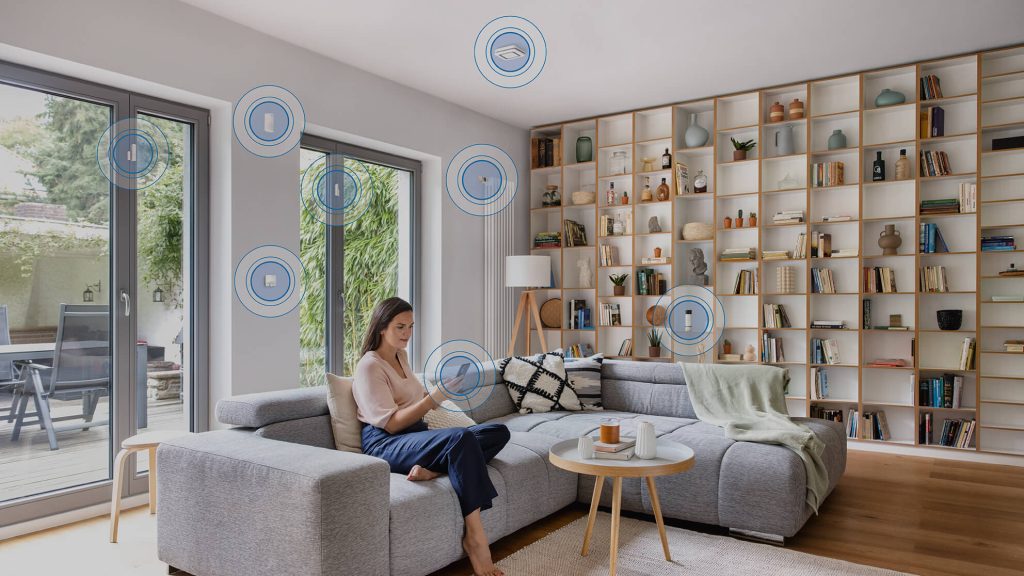

These are some of the pros and cons of using smart home devices
- Convenience: Automation allows remote control of various appliances and devices, enhancing convenience.
- Energy Efficiency: Smart thermostats, lights, and appliances optimize energy usage, reducing utility bills.
- Security: Smart cameras, locks, and alarms provide enhanced home security and monitoring.
- Accessibility: Remote access enables monitoring and control from anywhere in the world with an internet connection.
- Integration: Many devices can be interconnected, creating seamless routines and enhancing functionality.
Cons of Smart Home Devices:
- Cost: Initial investment and potential recurring costs for devices and subscriptions can be high.
- Privacy Concerns: Devices collecting data raise privacy issues if data is mishandled or accessed without consent.
- Compatibility Issues: Some devices may not work together due to different protocols or brands.
- Reliability: Technical issues, network connectivity problems, or system glitches can disrupt functionality.
- Cybersecurity Risks: Vulnerabilities in smart devices can lead to hacking or data breaches if not properly secured.
Smart Home Privacy and Security
While the allure of a smart home is undeniable, it’ s crucial to prioritize privacy and security. Regularly update devices, use strong, unique passwords, and enable two-factor authentication where possible. Be mindful of the data these devices collect and take necessary steps to protect your privacy.
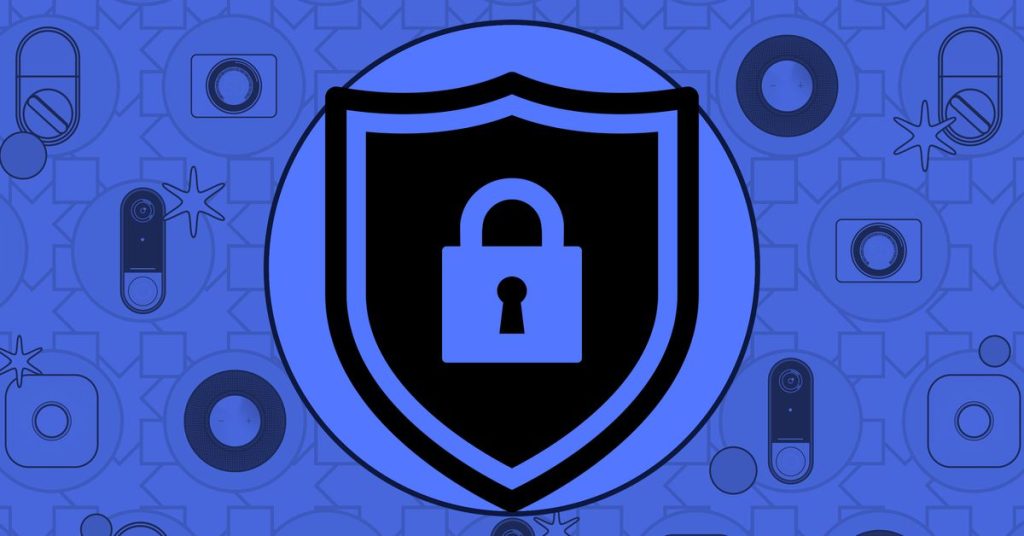

isit our smart home section to read on other articles




